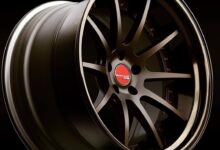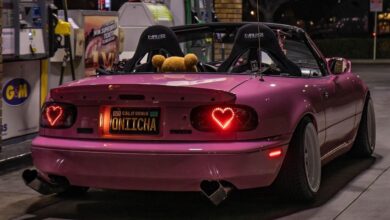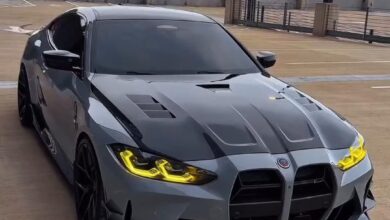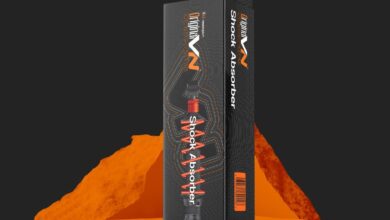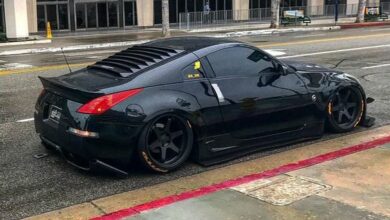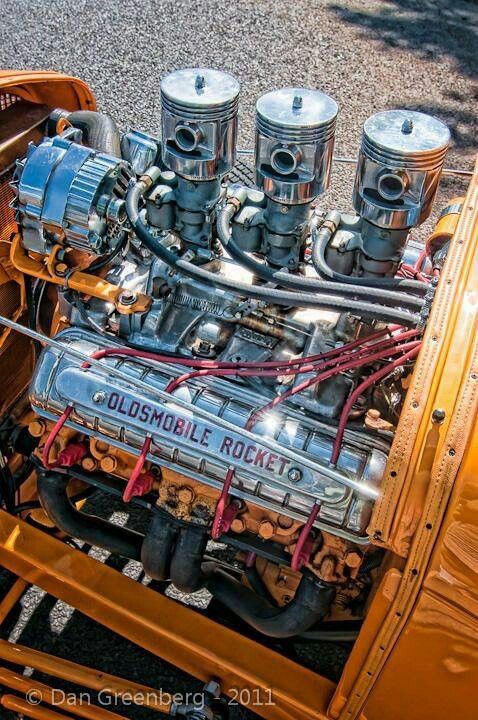
Oldsmobile, the storied American automaker founded in 1897, carved a niche in the annals of motorsports with its innovative engineering and raw power. From the dawn of stock car racing in the 1940s to the drag strips of the 1970s, Oldsmobile vehicles were synonymous with speed and durability. But it was the aftermarket racing parts that truly elevated the brand, transforming street-legal cruisers into track-dominating beasts. Today, enthusiasts scour junkyards, swap meets, and online forums for these elusive components, preserving a golden era of American muscle.
The story begins with the legendary Oldsmobile Rocket 88 of 1949, often hailed as the first true muscle car. Its overhead-valve V8 engine displaced 303 cubic inches and produced 135 horsepower—modest by today’s standards but revolutionary then. NASCAR’s inaugural Strictly Stock race at Daytona saw an Olds 88 take the win, thanks to its lightweight body and potent mill. This success spurred a flood of racing parts tailored for Oldsmobile’s inline-six and early V8 platforms. Performance tuners like Iskenderian and Edelbrock crafted custom camshafts and valve springs to boost revs and torque, turning stock engines into 200-plus horsepower monsters.
By the 1960s, Oldsmobile’s big-block engines dominated. The 455 cubic-inch V8, introduced in 1968, became the heart of racing icons like the 442 and Cutlass Supreme. These engines featured robust cast-iron blocks designed for high compression and forced induction. Racing parts enthusiasts zeroed in on cylinder heads—stock “porcupine” heads from the 1965-67 425 V8 were prized for their four-valve-per-cylinder design, allowing superior airflow. Aftermarket options from brands like CHI (Custom Heads Inc.) offered aluminum versions with larger ports, shaving seconds off quarter-mile times. Intake manifolds were another battleground; the Offenhauser dual-quad setups fed twin carburetors, optimizing fuel delivery for supercharged applications common in NHRA Super Stock classes.
Exhaust systems played a pivotal role in Oldsmobile’s racing prowess. Headers from Hooker and Hedman routed exhaust gases efficiently, reducing backpressure and adding 20-30 horsepower. Paired with Flowmaster mufflers for street-legal setups, these parts turned the deep rumble of a Toronado’s 425 into a thunderous roar. Suspension upgrades were equally critical; Oldsmobile’s independent front suspension (IFS) benefited from heavy-duty control arms and coilovers from QA1 or Ridetech, improving handling on road courses and ovals. For drag racers, ladder bar kits stiffened rear suspensions, launching cars off the line with wheelie-inducing force.
The 1970s Hurst/Olds package epitomized this synergy, blending factory W-30 engines with dealer-installed racing parts like Hurst shifters and performance axles. In NASCAR, Oldsmobile’s Aerotech and Cutlass entries relied on custom-fabricated spoilers and chassis reinforcements to compete against Ford and Chevy. Even as emissions regulations choked production in the 1980s, the aftermarket thrived. Companies like Butler Performance continue to reproduce scarce parts, such as piston kits and crankshafts forged from high-strength alloys.
In the modern era, Oldsmobile racing parts find new life in resto-mod projects and nostalgia drags. Online marketplaces like eBay and Summit Racing stock NOS (new old stock) components, while 3D printing revives obsolete pieces. Events like the Pure Stock Muscle Car Nationals showcase bone-stock Olds racers, proving these parts’ timeless appeal. Yet, challenges persist: rust-eaten originals and skyrocketing prices— a set of vintage aluminum heads can fetch $5,000.
Oldsmobile may have faded into history in 2004, but its racing parts endure as testaments to ingenuity. They remind us that true performance isn’t just about horsepower; it’s about the passion of tinkerers who pushed boundaries. For gearheads, hunting these relics isn’t just a hobby—it’s a pursuit of automotive immortality.

